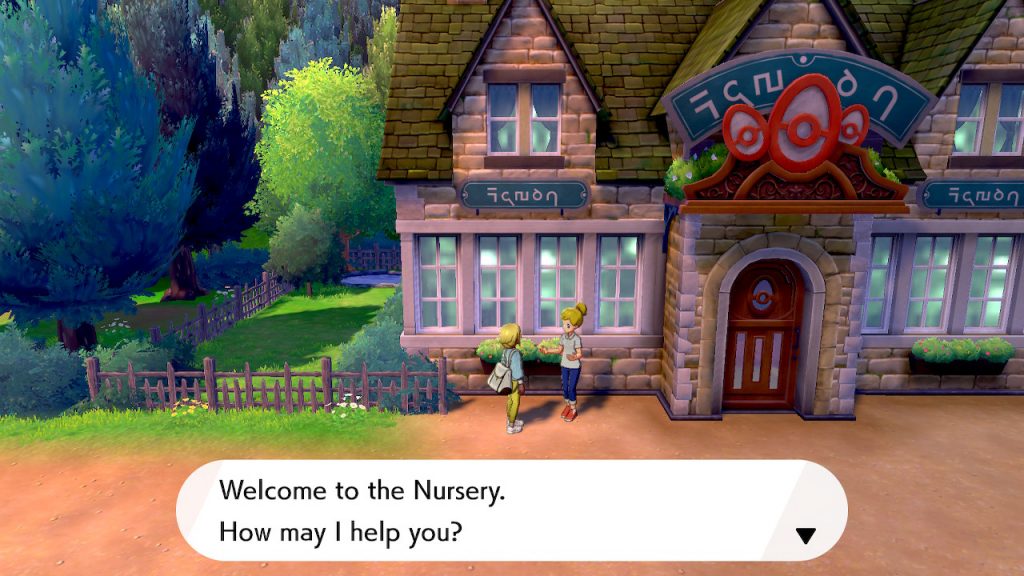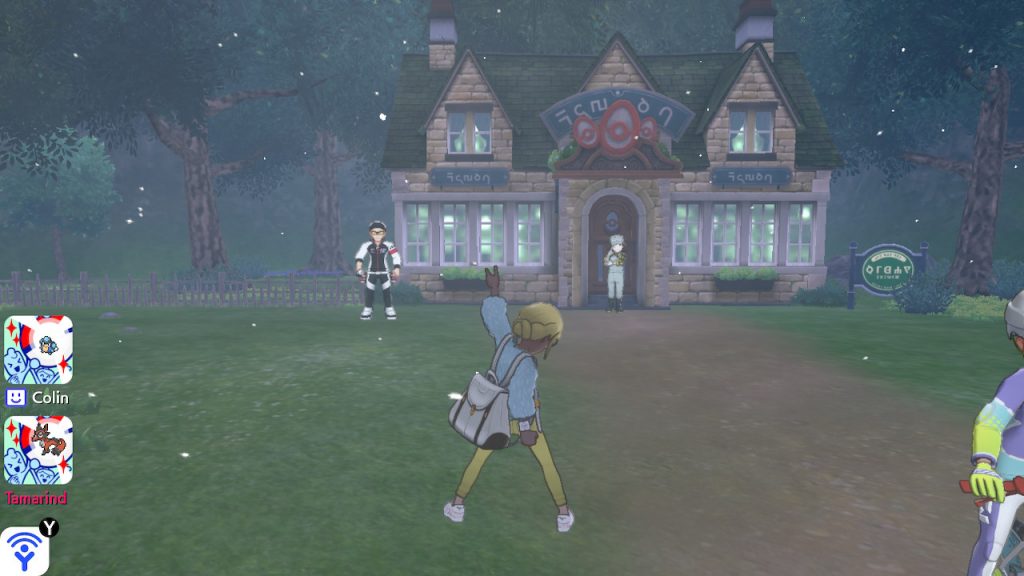Since Gold & Silver, Pokémon players have been able to breed their Pokémon in order to get an egg. In fact, some baby Pokémon are only available in-game when hatched from an egg. Once they have received an egg, players must then walk a certain number of steps in order to hatch the Pokémon!
Where To Breed
Route 5 Nursery Bridge Field Nursery
You can breed your Pokémon at the Pokémon Nursery! For the first time in series history, you can put Pokémon from your box into the Nursery!
Sex-Based Differences
A majority of the time, Pokémon are assigned a sex which is commonly referred to as “gender.” We’ll be using the terms “male” and “female” to refer to a Pokémon’s assigned sex for the entirety of this page.
Male and female Pokémon influence your desired egg differently! Although most ways will be explained by category, here’s are two of the basics:
- Female parent Pokémon pass on species. For example, a female Scorbunny and a male Diggersby will always make a Scorbunny egg.
- Male parent Pokémon pass on egg moves to new species. For example, a male Hitmonlee can pass the egg move Hi Jump Kick to Scorbunny through breeding with a female Scorbunny.
Egg Groups
All Pokémon have 1 or 2 egg groups. Serebii has created a wonderful database of Pokémon available in Sword & Shield organized by egg group! A male and a female Pokémon that share an egg group can breed! Pokémon in the Undiscovered egg group (e.g., legendaries) cannot breed. Egg groups are important when considering passing down natures, egg moves, and individual values.
Ditto
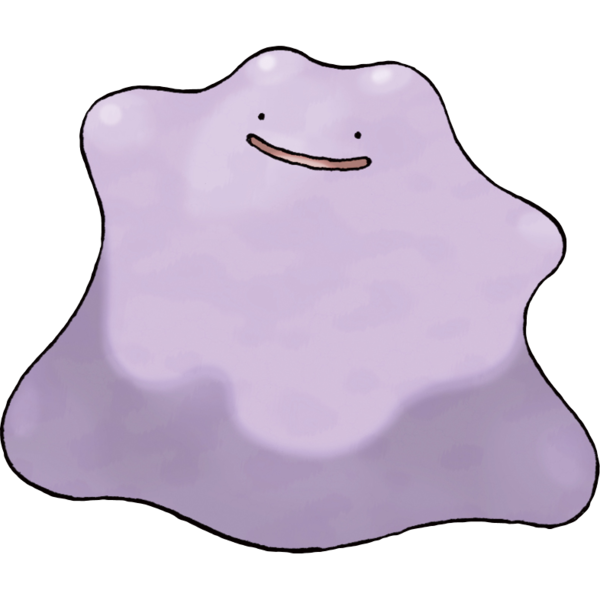
The Transform Pokémon Ditto is able to match any Pokémon with an egg group and create an egg! This allows for flexibility in breeding for male and female Pokémon, as well as, providing the only way to breed “genderless” Pokémon like Polteageist! We have an entire guide on how you can catch the perfect Pokémon breeder’s companion Ditto!
Egg Moves
For example, you could hatch a Grookey that knows Leech Seed from a female Grookey with a male Leafeon that knows Leech Seed!
Pokémon are able to learn select moves from different species Pokémon in their egg groups! These Egg Moves can give your Pokémon a more competitive move pool, and can require careful planning!
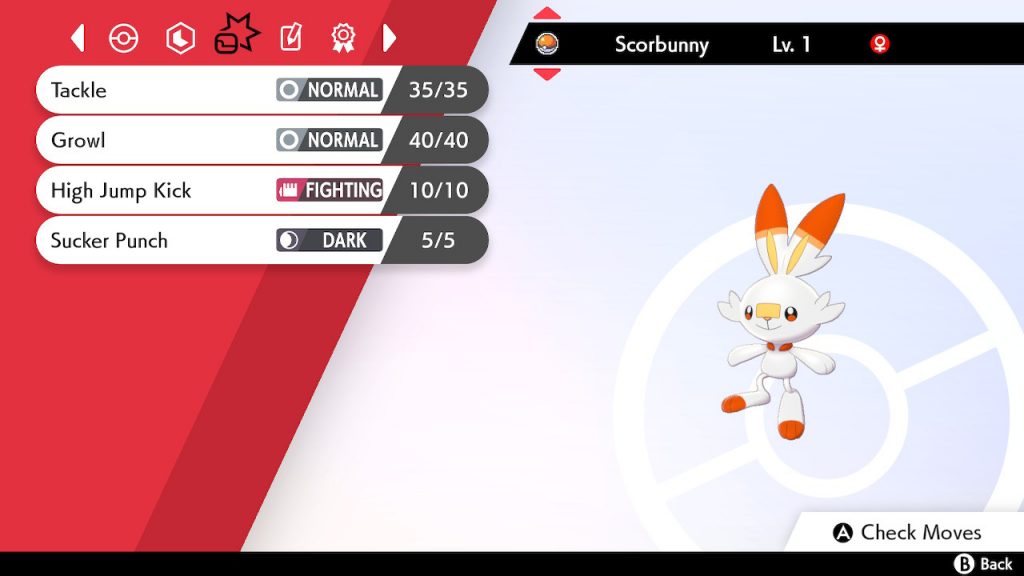
Now in Galar, non-bred Pokémon can learn egg moves from the same Pokémon when put in the Day Care together! For example, your starter Grookey can learn Leech Seed if you put it in the Day Care with a Grookey who knows the egg move! The one stipulation is you must have an empty move slot on the desired parent Pokémon. In the example above, your starter Grookey would need to first go to the Move Deleter in the Pokémon Center. That’s all!
Natures
Almost every Pokémon specializes in one stat at the expense of another. Natures determine which stat gets a 10% boost, which is reduced by 10%, or if all remain the same. For the purposes of competitive Pokémon, it’s important to consider nature.
| – Att | – Def | – SpA | -SpD | -Spe | |
| + Att | Hardy* | Lonely | Adamant | Naughty | Brave |
| + Def | Bold | Docile* | Impish | Lax | Relaxed |
| + SpA | Modest | Mild | Bashful* | Rash | Quiet |
| + SpD | Calm | Gentle | Careful | Quirky* | Sassy |
| + Spe | Timid | Hasty | Jolly | Naive | Serious* |
*These natures and “neutral” and you will see no stat changes.
The Everstone is a hold item that allows players to control what nature will be passed on to the egg Pokémon. The Pokémon holding the everstone has a 100% chance to pass on their nature. So, if you need a Modest Sobble, breed a female Sobble with your Modest male Wooper holding an Everstone!
Ability
When breeding, the parent Pokémons abilities are more likely to be passed down to its egg!
Before breeding, determine which ability you want your Pokémon to have. This will inform when you hatch your perfect Pokémon. If a Pokémon is bred without its Hidden Ability, it can never gain that ability. Use the chart below when determining the likelihood your egg will have a hidden ability.
| Female | Male | Ability 1 | Ability 2 | Hidden Ability |
| Ability 1 | Any Species | 80 | 20 | 0 |
| Ability 2 | Any Species | 20 | 80 | 0 |
| Hidden Ability | Any Species | 20 | 20 | 60 |
| Ditto | Ability 1 | 80 | 20 | 0 |
| Ditto | Ability 2 | 20 | 80 | 0 |
| Ditto | Hidden Ability | 20 | 20 | 60 |
Individual Values (IVs)
The invisible system of Individual Values (IVs) has been behind the scenes for a long time. Unlike Effort Values (EVs) you are unable to influence these Pokémon in regular gameplay–with one exception. These stats represent your Pokémon’s “genetics”. They’re the unique numbers that make your Pokémon’s stat growth unique. They range from 0-31.
In Sword & Shield, you’ll be able to assess IVs through the judge function after completing the main story. You will also need to reach Tier 4 in the Battle Tower in Wyndon. To access the “judge” function, press “+” in your Pokémon Box. You will see a list of qualitative descriptions beside each stat.
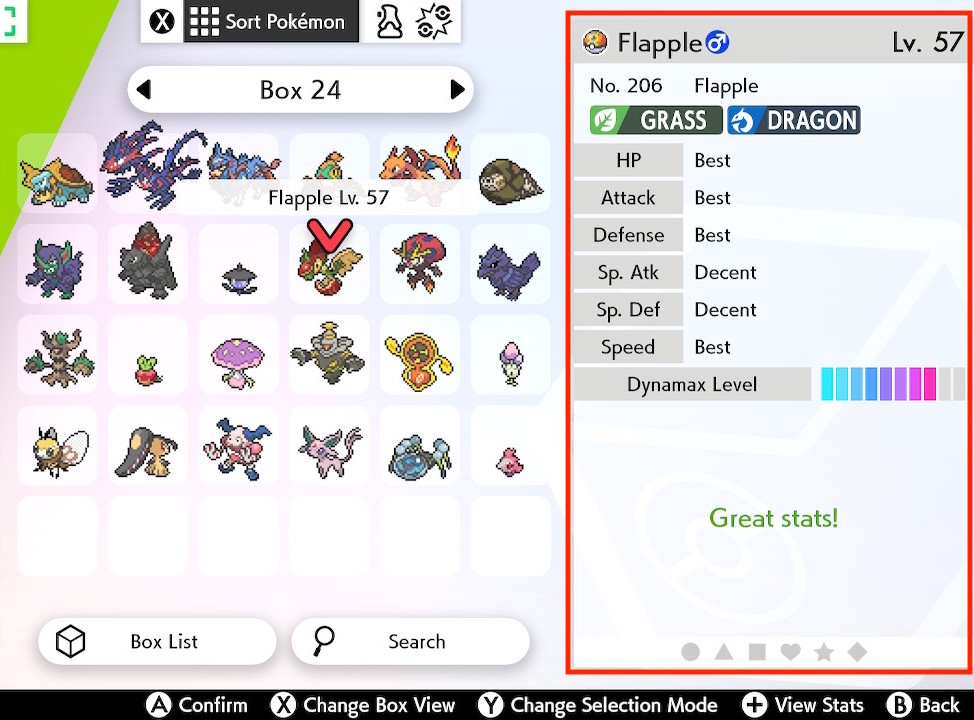
If you breed competitive Pokémon, there are only two descriptors you might aim for “Best” (31) or “No good” (0). Middle of the road IVs (Fantastic, Decent, etc) are not your objective in competitive breeding, and won’t be covered here.
Hold Items and IVs
To influence which IVs your Pokémon pass down you can use the Destiny Knot and/or Power Items! Each time a Pokémon breeds, 3 IVs are selected from the parent Pokémon. But with these items, you have more control! The Power Items can be purchased at the BP Shop in Hammerlocke City, whereas, you’ll be able to buy the Destiny Knot in the Wyndon Battle Tower.
When breeding with or without items, remember: there are two parent Pokémon and a total of 12 inheritable IVs. Use the chart below to better plan IV breeding:
| Parent Hold Item | Inherited IVs | Random IVs |
| Destiny Knot | 5 Parent IVs | 1 Random IV |
| Power Weight | HP IV + 2 Parent IVs | 3 Random IVs |
| Power Bracer | Att IV + 2 Parent IVs | 3 Random IVs |
| Power Belt | Def IV + 2 Parent IVs | 3 Random IVs |
| Power Lens | SpA IV + 2 Parent IVs | 3 Random IVs |
| Power Band | SpD IV + 2 Parent IVs | 3 Random IVs |
| Power Anklet | Spe IV + 2 Parent IVs | 3 Random IVs |
If you are hoping to get a perfect 5IV or 6IV Pokémon, you should swap out parent Pokémon for the higher IV hatched Pokémon. For example, when you hatch that female Grookey with 4IVs, swap it out for its 3IV mother. This will increase your odds of hatching a higher IV Pokémon! The more perfect IVs available in the parents, the more likely you’ll get the IVs for which you’re hoping!
Passing Down Pokéballs
When breeding in Galar, an egg Pokémon will inherit the Pokéball from its parents. The Pokéball passed down depends on the parent Pokémon. That being said, the Master Ball and Cherish Ball are never passed down and are replaced with the standard Pokéball.
- Female Pokémon of Desired Species Only: The egg will hatch with the female parent’s Pokéball 100% of the time.
- Male and Female Pokémon of Same Species: 50/50 chance of receiving either parent Pokéball.
- Male Pokémon of Desired Species breeding with Ditto: The egg will hatch with the male parent’s Pokéball 100% of the time.
Shiny Chance
When breeding, there’s always a chance you’ll hatch a shiny Pokémon. There are two known factors that can influence your ability to hatch a shiny Pokémon: the Masuda Method and the Shiny Charm. Better yet, their effects stack!
The Shiny Charm is the reward for completing the PokéDex! It’s also a great way to increase your chances of hatching a shiny Pokémon. It grants the player a x3 multiplier for all Pokémon encounters–eggs or wild battles!
Masuda Method is a breeding technique in which players use two Pokémon from different language games (e.g., English and German, Japanese and Chinese, etc.). The effects of this is a x6 multiplier to the chances of shininess!
| Method | Chances of Shiny |
| Full Odds | 1 in 4096 |
| Shiny Charm | 1 in 1365 |
| Masuda Method | 1 in 683 |
| Masuda Method + Shiny Charm | 1 in 512 |
Hatching Eggs
Eggs hatch by number of steps. Although different Pokémon species hatch after different amounts of steps, you can speed up hatching all eggs by riding your bike. Also, Pokémon abilities Magma Armor, Steam Engine, and Flame Body will “incubate” your eggs and cut your hatching time in half! Make sure you bring a Carkoal or Hidden Ability Sizzlipede in the front of your party while you hatch eggs!


